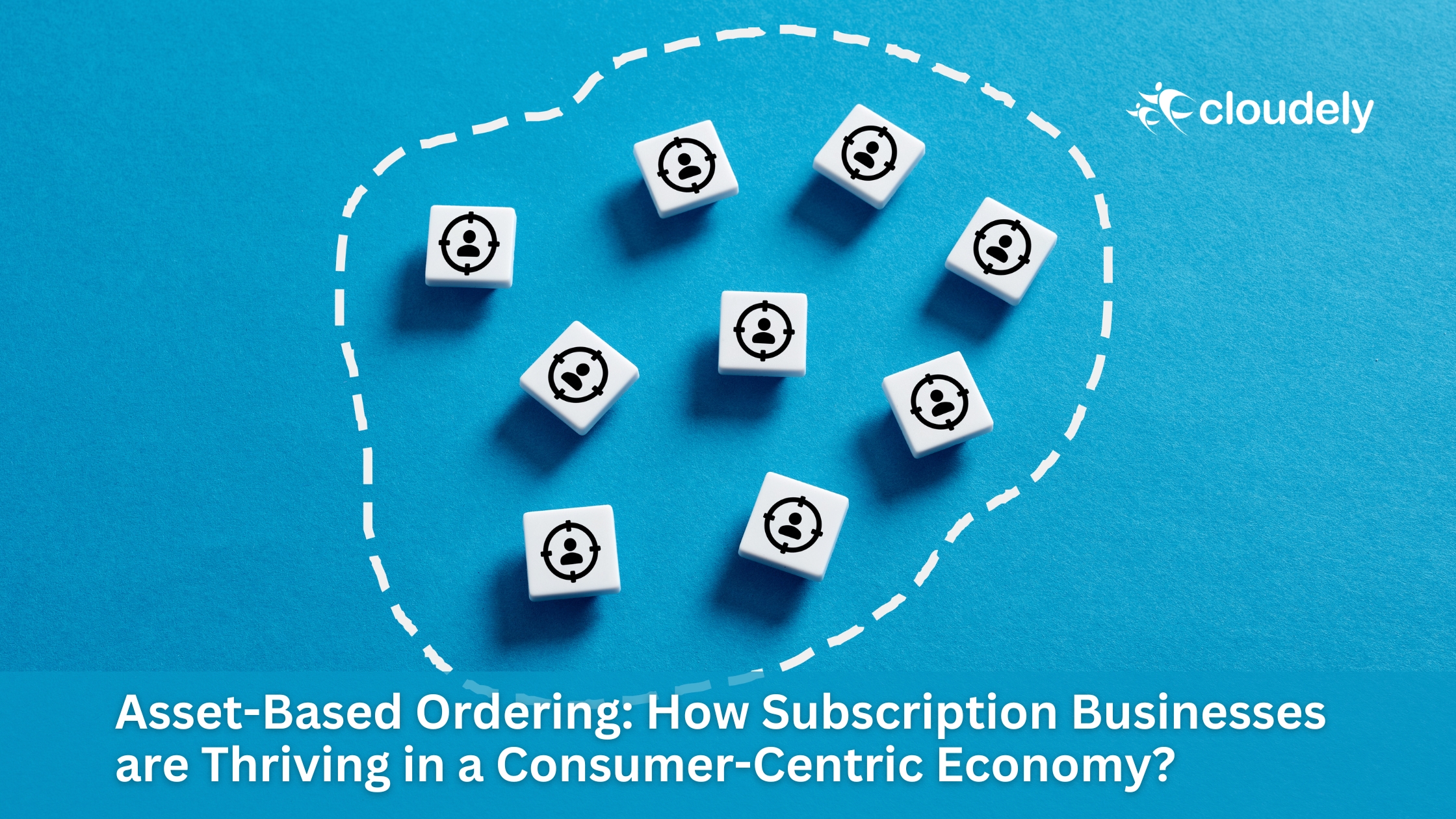Our everyday existence is becoming more closely integrated with digital tools and facilities due to the fast-paced progress of technology. We rely on gadgets such as mobile phones, PCs, access to the net, and numerous playlists that help us keep in touch with loved ones or friends while at work or just for fun. However, managing various subscriptions, systems, or appliances is often tricky. That’s where asset-based ordering comes into play.
Table of Contents
The Emergence of Subscriptions
The late 2000s saw the beginning of a time when technology significantly impacted our daily lives. Everything changed so quickly that phones became smart, and internet speeds increased enormously.
At the same time, viewers started watching films and series from their homes for the first time through video-on-demand platforms such as Netflix. All at once, customers needed portable solutions at competitive prices and more convenience instead of just buying expensive devices or subscriptions.
This triggered a significant shift in the business models of tech companies. No longer was the one-time purchase the primary revenue stream – subscriptions became the new normal. Cell phone carriers started offering smartphone installment plans along with bundled monthly services. Cable and internet providers packaged various streaming choices into subscription packages.
While this opened up consumer accessibility, it also created a complexity problem behind the scenes. Dealing with multiple subscriptions from varying vendors turned out to be a headache. The carriers and suppliers faced challenges in handling all the numerous aspects, such as device installation, upgrades, cancellations, billing, provisioning, etc., efficiently.
A better system was needed to bring order to this new subscription-based landscape. And that’s where the idea of asset-based ordering came in.
Understanding Asset-Based Ordering
Simply put, asset-based ordering(ABO) takes all the digital assets a customer subscribes to – phones, internet access, cloud storage, software licenses, etc. – and bundles them into a single view managed as one order or contract. With ABO, a customer’s entire portfolio of technology subscriptions is handled as one comprehensive “asset bundle” rather than as separate agreements.
As the subscription economy expanded in scope and complexity, new operational challenges emerged for companies. Managing diverse product and service configurations with varying pricing schemes became immensely complicated. Modifying existing subscriptions or adding new services to accounts was a tedious, manual process.
Traditional transaction-based systems need to be equipped to support this new business regularly. This is where the concept of asset-based ordering came into the picture. The basic idea was to view each product or service associated with a customer as a long-term asset rather than just a single sale.
This revolutionized how subscriptions could be modeled, quoted, sold, and serviced across lifecycles. Products, support contracts, and software licenses became configurable assets that could be flexibly bundled, priced, and modified as the customer’s needs evolved. Specialized configure-price-quote and billing solutions were developed to streamline these “asset-centric” processes.
A Showcase Example
To understand the power of asset-based ordering, let’s examine a scenario with any leading connectivity provider in the telecom space.
Bob is a client who has been a loyal customer for ten years with a company for telephone-related services. Now, his old TV stops working out of nowhere, which made him buy the latest TV with 4K video quality. Since the screen quality is much higher, his family wants to watch different shows and series.
The telephone provider also provides the TV services, so Bob calls him and arranges the new TV with new channels to watch. Days pass, and he learns that football season is coming, and his son is requesting that a sports package be included in the subscription, too. The telephone provider again extended the package for the next 12 months but offered a discount as they have long been customers.
A year passed, and Bob saw many other providers offering better deals, so he switched to another provider. He then calls his current provider to terminate the contract, or if he agrees, they can continue the services at a more discounted price.
Every time Bob needs an alteration, like adding new devices or scaling plans up/down -the current provider has real-time visibility into his entire asset portfolio. One request promptly triggers coordinated multi-departmental workflows.
For Bob, it feels as seamless as always. He can skip repeating details at each touchpoint in the organization. This is the power of asset-based approaches when successfully implemented across business processes.
Benefits for Today’s Connected World
As customers embrace hybrid working setups relying on fast, reliable connectivity – their relationships with service providers have become highly interdependent and integrated into their daily lives. Asset-based ordering using modern CPQ and customer data platforms revolutionizes business and clientele experiences. It drives closer interactions as providers support complex, ever-changing needs efficiently. As the volume and variety of assets we rely on continue ballooning in the future, ABO’s model for unified, holistic subscription management will prove ever more indispensable.
About Us:
Cloudely Inc. is a renowned partner for CPQ Implementation for global businesses. To learn about our CPQ expertise, contact us at hello@cloudely.com.






